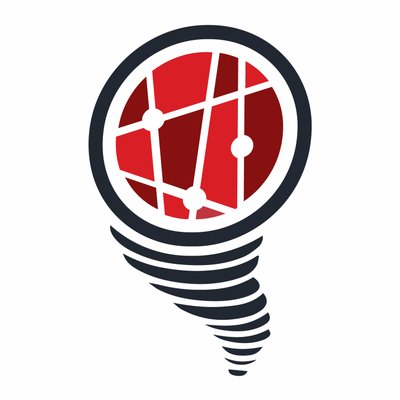HazardHub Releases New and Updated Data
It seems like forever since we’ve released new data…even though it’s only been since November! So we decided to release some this month. (Don’t worry, we’ll have some more real soon!) If you’re an API customer, the data is live and available today!
SurgeMax Inundation Depths – Our current SurgeMax model gives you the risk of storm surge, tied to the strength of the storm. We’re adding the actual expected inundation depth from surges of various sizes. This way, you can have a better idea of how to protect a property from storm surge inundation. Our SurgeMax data now includes – Inundation depths for each storm category, CAT 1 through CAT 5 1 foot intervals 1 – 20 feet and > 20 feet, and Areas protected by levees. The best storm surge product just got even better.
Perennial water within 1000′ for fire protection class – Our AAIS-based Fire Protection Grade looks for either the presence of a fire hydrant with 1000 feet or perennial water within 1000 feet of a property. We parsed that data element out into its own variable, to show how a property is “covered” for water.
California Fire Hazard Severity Zone – CalFire maps show the risk of wildfire associated with a location, as well as an indicator of whether the responsible fire entity is Cal Fire or the local fire department. It also shows whether the risks are high/medium/low. It’s one more California-specific tool you can use to evaluate risk in the great State of California.
Potential Maximum Precipitation based on 500 year return period – While two properties may have very similar distances and slopes towards rivers and other flood-causing bodies of water, they may have very different flood probabilities due to our newest variable, Potential Max Precipitation. This variable shows, in inches, the probable max precipitation that can fall on an area.
Updated JSON schema – For our more technical users, we’ve updated our JSON schema so that it always syncs to our underlying data. As the data updates, so will the schema. Automatically.
We’ve got more exciting news to share in the upcoming months! Stay tuned!

